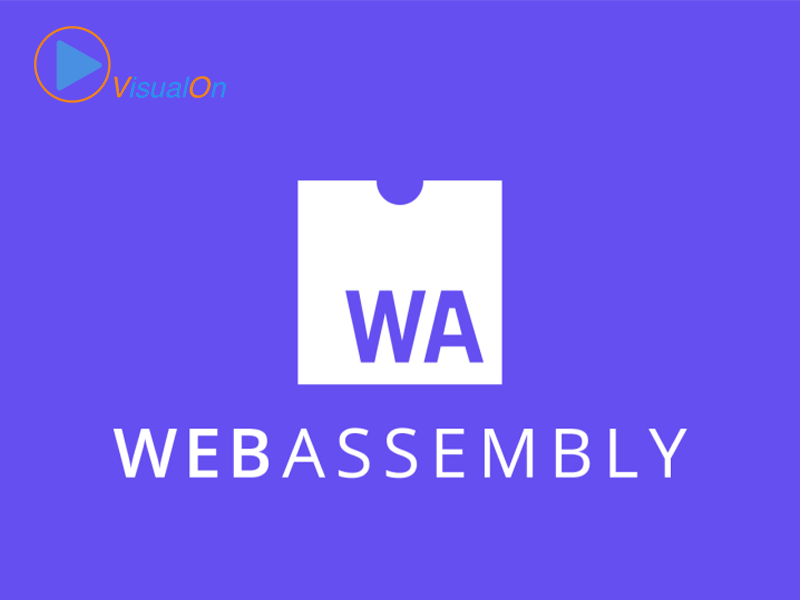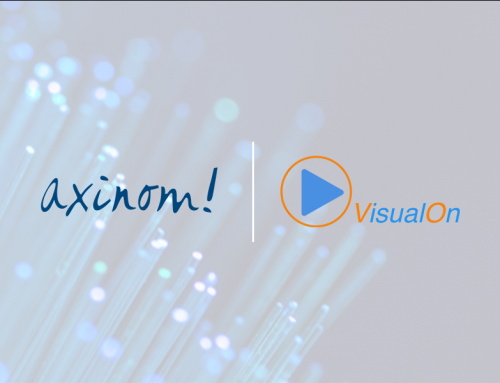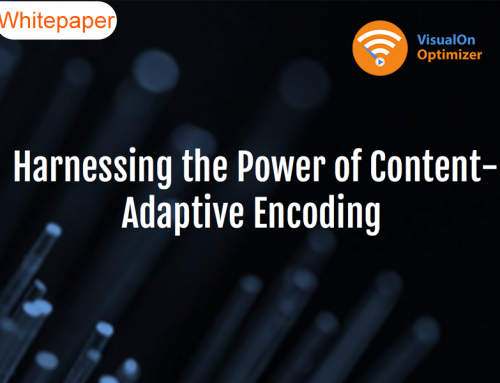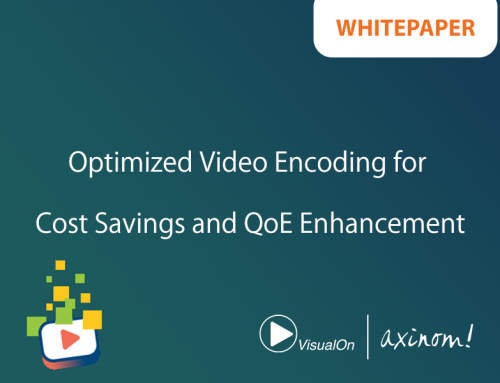VisualOn Supports HEVC Decoding and 4K Playback on the Web Side Based on WebAssembly

WebAssembly (Wasm) was designed and developed by W3C WebAssembly Community Group to enable browsers to run low-level binary codes. After 3 years of development, the technology has matured day by day, and mainstream browser vendors have provided support for WebAssembly. The introduction of WebAssembly technology has greatly improved the performance of some computationally intensive scenes (such as audio and video fields, 3D games) on the browser side. The inadequacy of the browser’s ability to process audio and video includes:
- Protocol limitations between different browsers;
- Javascript runtime performance issues;
- Web front-end processing audio and video are not as customized as the client;
- JS lacks open source libraries related to audio and video, and so on.
VisualOn’s HTML5+ (web-side audio and video solution) is based on Wasm, so that the web-side is no longer limited by the type of browser codec, while achieving the ability to play 4K content smoothly. For example, this function can solve the problem that HEVC is not supported on New Microsoft Edge and Chrome browsers while supporting the widely used unofficial protocol http-FLV.


The practical significance of using HEVC on the web
Currently, mainstream browsers do not support HEVC playback properly, and HEVC playback on the Web end needs to be decoded by software. Under the same video quality or the same bitrate, HEVC can provide up to 50% data compression rate than AVC/H.264. HEVC opens the door to various 4K and HDR video transmission platforms. Although HEVC requires 10% more processing power than H.264, the storage requirements are also reduced, this is a fair trade-off for many content creators and programmers.

- Traffic cost: Compared with H.264, it can save users and platform providers at least 30% to 50% of traffic cost.
- Storage cost: While saving bandwidth and traffic costs, it can also reduce the occupation of storage media. For large-scale video storage and archiving, HEVC has great advantages.
- Transcoding cost: As mainstream browsers do not support HEVC local video playback, video producers usually need to transcode H.264 videos to adapt the browser to browser-side playback, thereby increasing the transcoding cost.
VisualOn supports HEVC decoding and 4K high-performance playback based on Wasm
With the continuous maturity of 5G equipment and terminals, the continuous penetration of VR, 4K ultra-definition, and audio and video in the vertical field, the demand for faster, higher-definition and lower-latency 4K content is an inevitable trend. Compared with mobile platforms (Android, iOS), the web has the advantages of low development threshold, low cost, and rapid deployment. Specific uses such as game live broadcast, online education, internet security and so on. To reduce the cost of 4K while ensuring high-performance playback on the web, the combination of 4K+HEVC has its unique advantages.
The specific advantages of VisualOn:
- Compared with the solution of HEVC decoding through open source ffmpeg, VisualOn has a self-developed H.265 decoder, which can achieve single instruction and multiple data assembly, and at the same time, it can maximize the use efficiency of CPU by using multiple threads. In order to achieve a playback effect that open source can’t match.
- Optimized for the problem of slow memory exchange between Wasm and javascript, and designed a set of frame dropping strategies to make the video playback smoother and smoother in the case of insufficient performance.
Please feel free to click the following link to experience our Demo (Google Chrome & New Microsoft Edge browsers on Windows and Mac are supported at this stage): https://h5.visualon.com/




